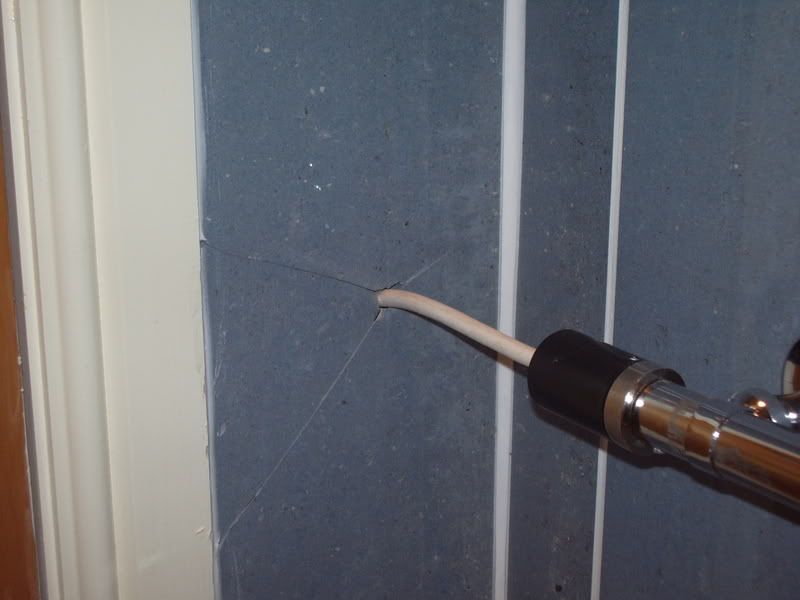I have purchased a bisque towel rail as follows:
http://www.bisque.co.uk/page_533.html
and I have purchased the supplimentary electric heater as follows:
http://www.bisque.co.uk/page_808.html
The supplimentary heater says that it is IP64 rated and so I should be ok to site this in a Zone 2 area as per this link:
http://www.stopbox.co.uk/site/bathroom-lights-ip.htm
The layout of my bathroom is such that the "head" end and the "tap" end of the bath have vertial walls coming up from the edge of the bath (is a small bathroom). The bottom of the heater is going to be located 45cm above the head end of the bath (ie no where near the taps or shower).
Is this going to be ok ?
Does anyone know if there are flex outlets that are suitable that I can use with the flex that comes with the supplimentary heater?
http://www.bisque.co.uk/page_533.html
and I have purchased the supplimentary electric heater as follows:
http://www.bisque.co.uk/page_808.html
The supplimentary heater says that it is IP64 rated and so I should be ok to site this in a Zone 2 area as per this link:
http://www.stopbox.co.uk/site/bathroom-lights-ip.htm
The layout of my bathroom is such that the "head" end and the "tap" end of the bath have vertial walls coming up from the edge of the bath (is a small bathroom). The bottom of the heater is going to be located 45cm above the head end of the bath (ie no where near the taps or shower).
Is this going to be ok ?
Does anyone know if there are flex outlets that are suitable that I can use with the flex that comes with the supplimentary heater?


